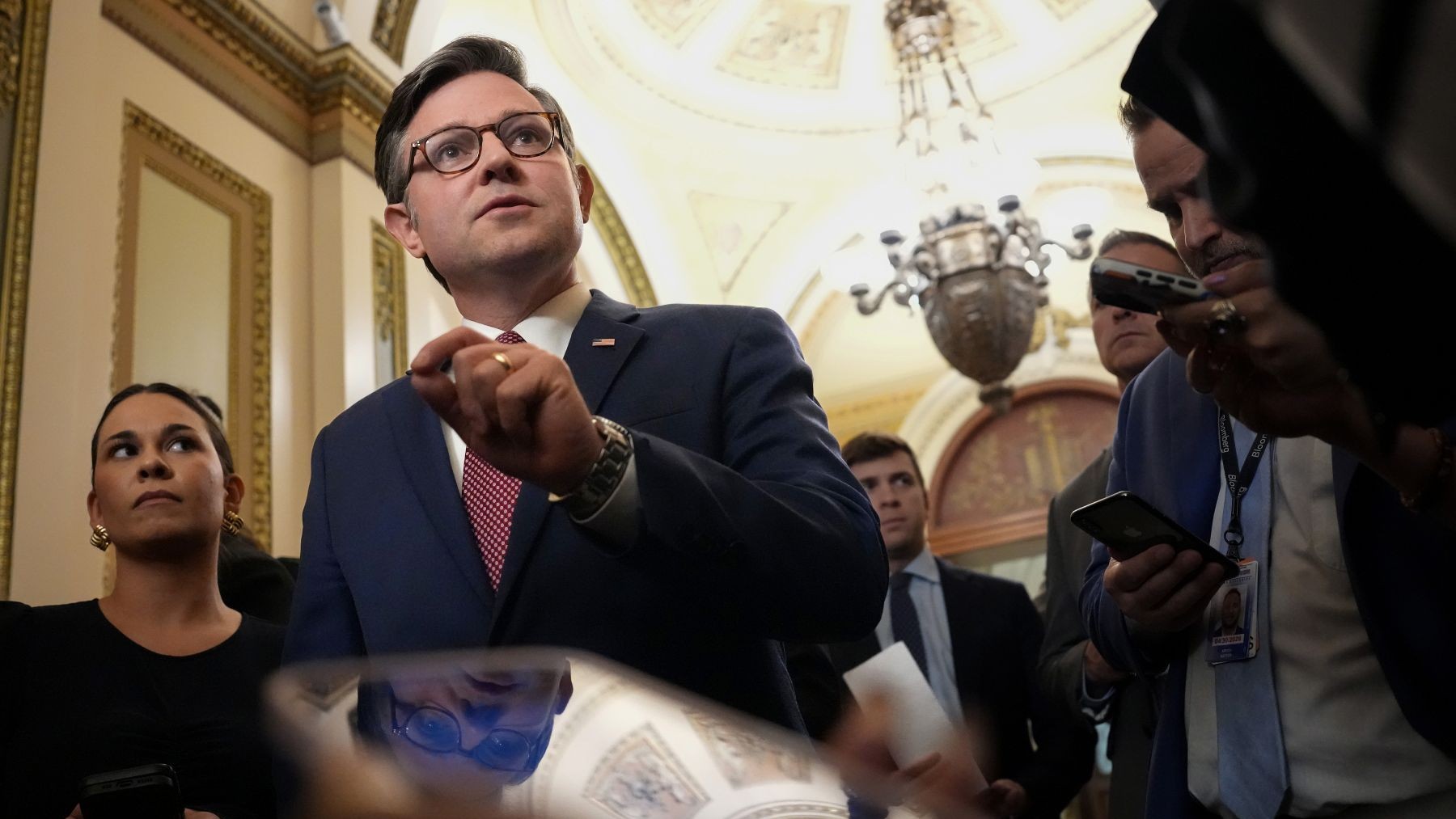In the face of a Big Polluter-backed White House determined to ignore facts and drag the economy backward, New York can deliver a clear message: Clean air, public health, corporate accountability, and climate action are non-negotiable, regardless of political headwinds.
Now, the Empire State is making an important down payment toward a long-awaited cap-and-invest program that would set economy-wide greenhouse gas pollution limits. The New York Department of Environmental Conservation (DEC) recently proposed a new rule that will require major polluters, including fuel suppliers, waste haulers and transporters, electric power entities, and others to report their greenhouse gas (GHG) emissions. Collecting this data and understanding where pollution is coming from is the crucial first step toward implementing cap-and-invest and other critical climate initiatives.
The sooner this system launches, the sooner New York can hold polluters accountable, ensure cleaner air and lower costs for working families, and build a more sustainable future.
What Is Cap-and-Invest?
Also referred to as the Clean Air Initiative, New York’s proposed cap-and-invest program will set enforceable statewide emissions caps that decline year by year. To keep emissions below those caps, the state government would distribute an annual supply of emissions allowances—permits to emit a certain volume of GHGs—through an auction to major polluting entities. The permit auction creates a de facto carbon price for major polluters as they bid to continue producing GHGs. Setting the permit supply in line with annual emissions caps means New York’s major polluting industries will have to cut GHG pollution to remain in compliance—or face heavy fines.
Following the allowance auction, the cap-and-invest program then reinvests the revenues it generates into communities, especially those hardest hit by pollution, to help lower household energy costs, pay for transportation infrastructure upgrades, and invest in decarbonization efforts. Versions of this program are already successfully in place in California, Oregon, and Washington.
Cap-and-invest makes polluters, not everyday New Yorkers, pay to cut pollution and build a more sustainable state economy.
The program also builds on the successes of the Regional Greenhouse Gas Initiative (RGGI), a regional cap-and-invest system that New York and 10 other Northeastern states have participated in for decades. Since 2005, the RGGI states have reduced annual power sector pollution by 50 percent, nearly 50 percent faster than the rest of the U.S., and have raised over $8.3 billion to build out clean energy infrastructure, reduce emissions, and save consumers energy and money.







